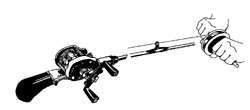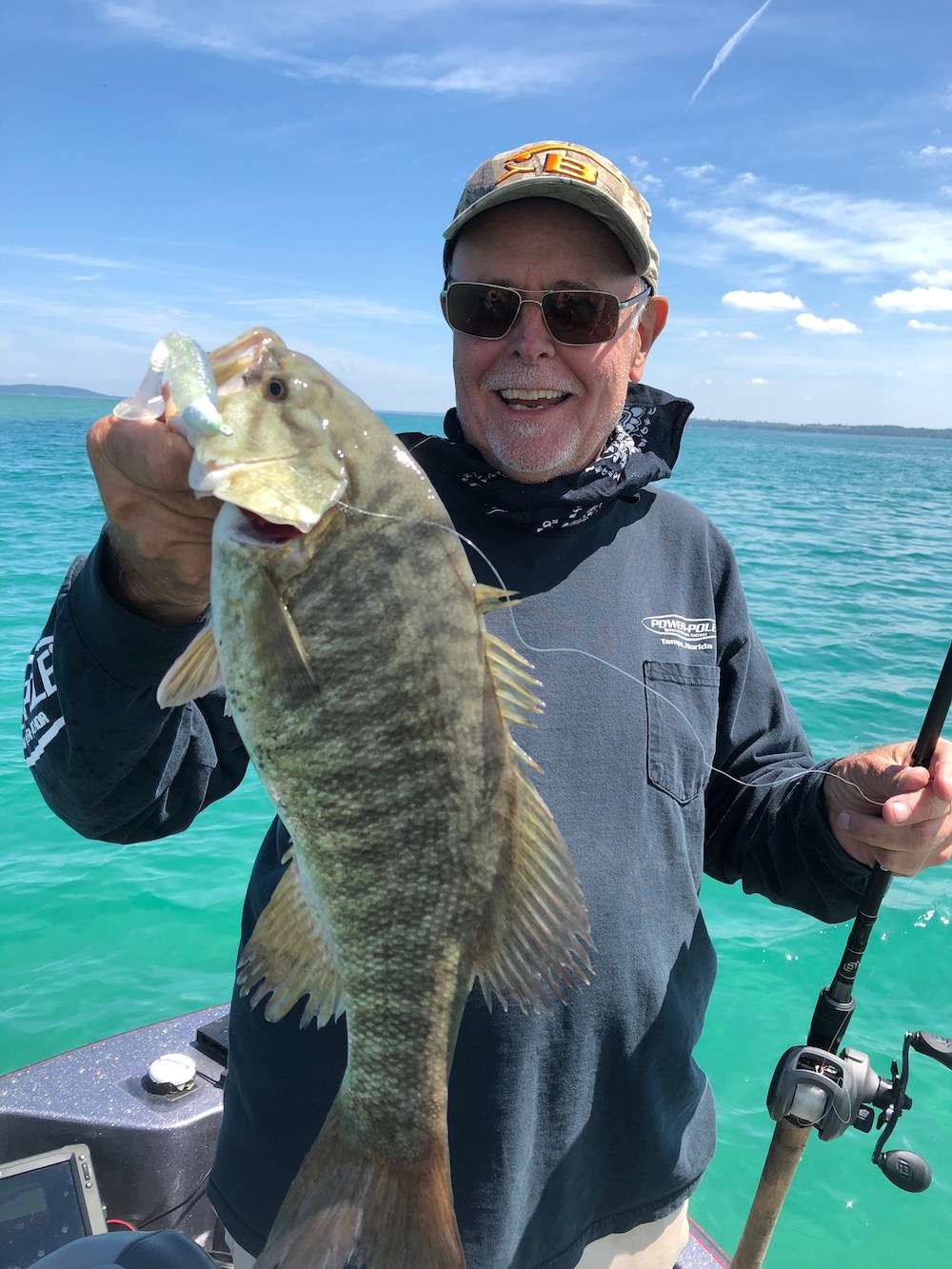
Most lines used in bass fishing are nylon monofilaments, although recently manufacturers introduced braided, gel-spun polyethylene — a superstrong, superthin fishing line. Monofilament and “multifilament” lines have very different properties.Monofilament fishing line can be matched to conditions according to the following criteria:Spinning and spincast reels: Since the reel spool does not rotate, the line spool should not rotate either. Lay the line spool flat on the floor with the label side pointing up. Uncoil line from the line spool and run it through the rod guides and tie to the reel spool with an arbor knot. Add tension to the line with the thumb and a finger as you wind it onto the reel. After 10 or 15 turns of the reel handle, lower the rod tip to give slack to the line. If the line lays in relatively neat coils, continue filling the reel. If it twists or kinks, turn the line spool over and wind on line. Fill the reel to within 1/8 inch of the lip of the spool. (NOTE: Braided line does not twist on spinning reels, so it doesn’t matter how the line comes off of the line spool.)
Back to basics — Table of contents





